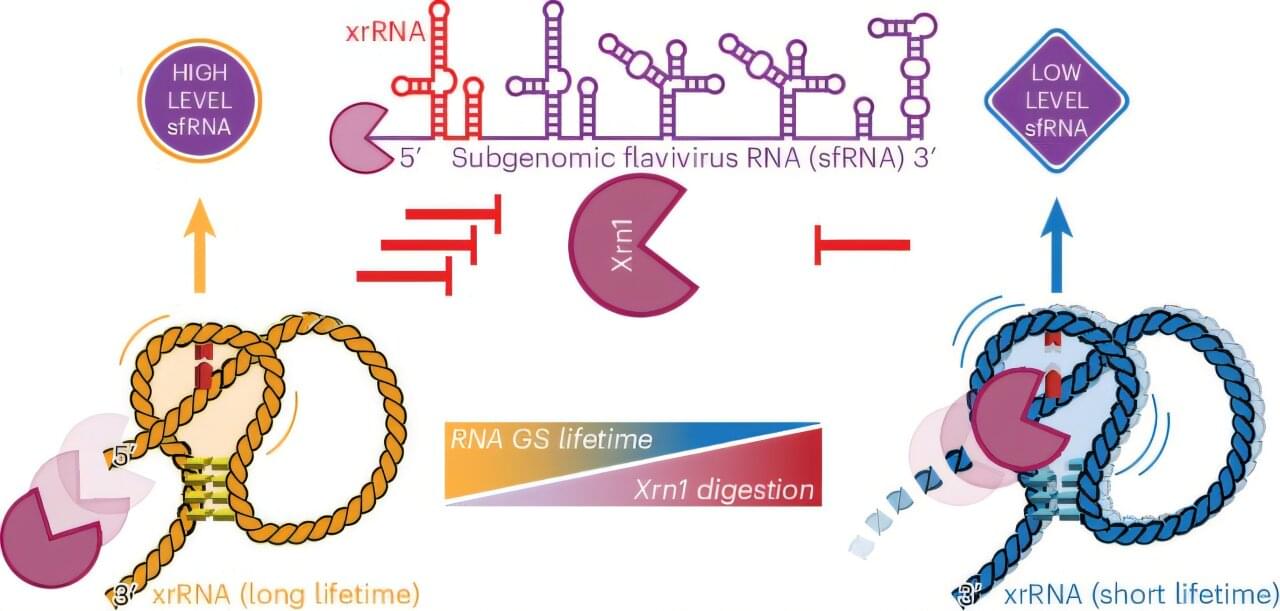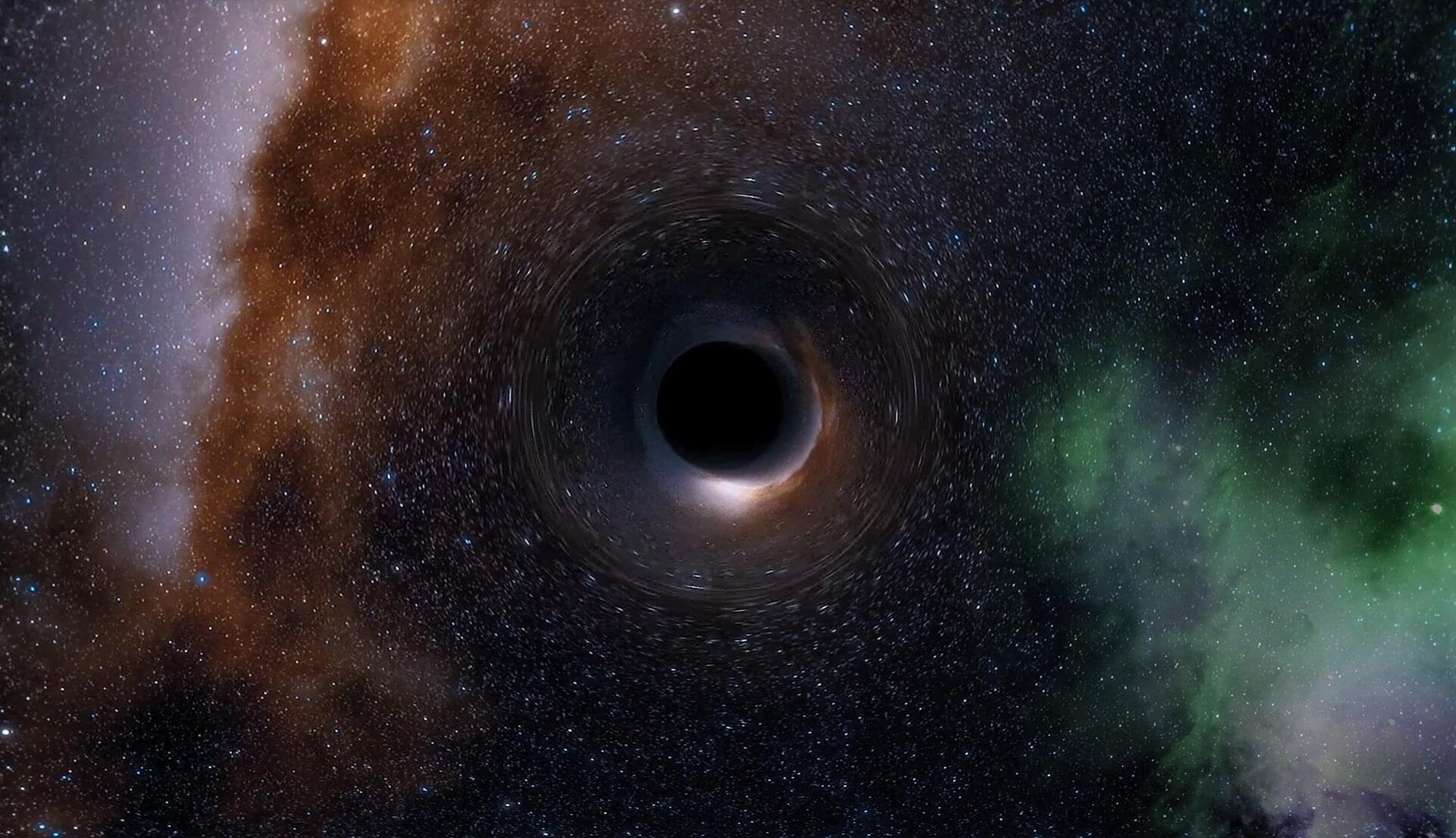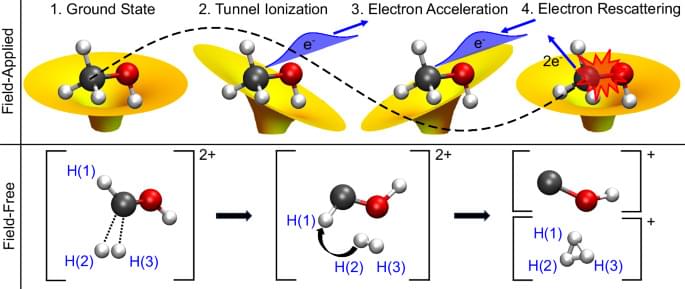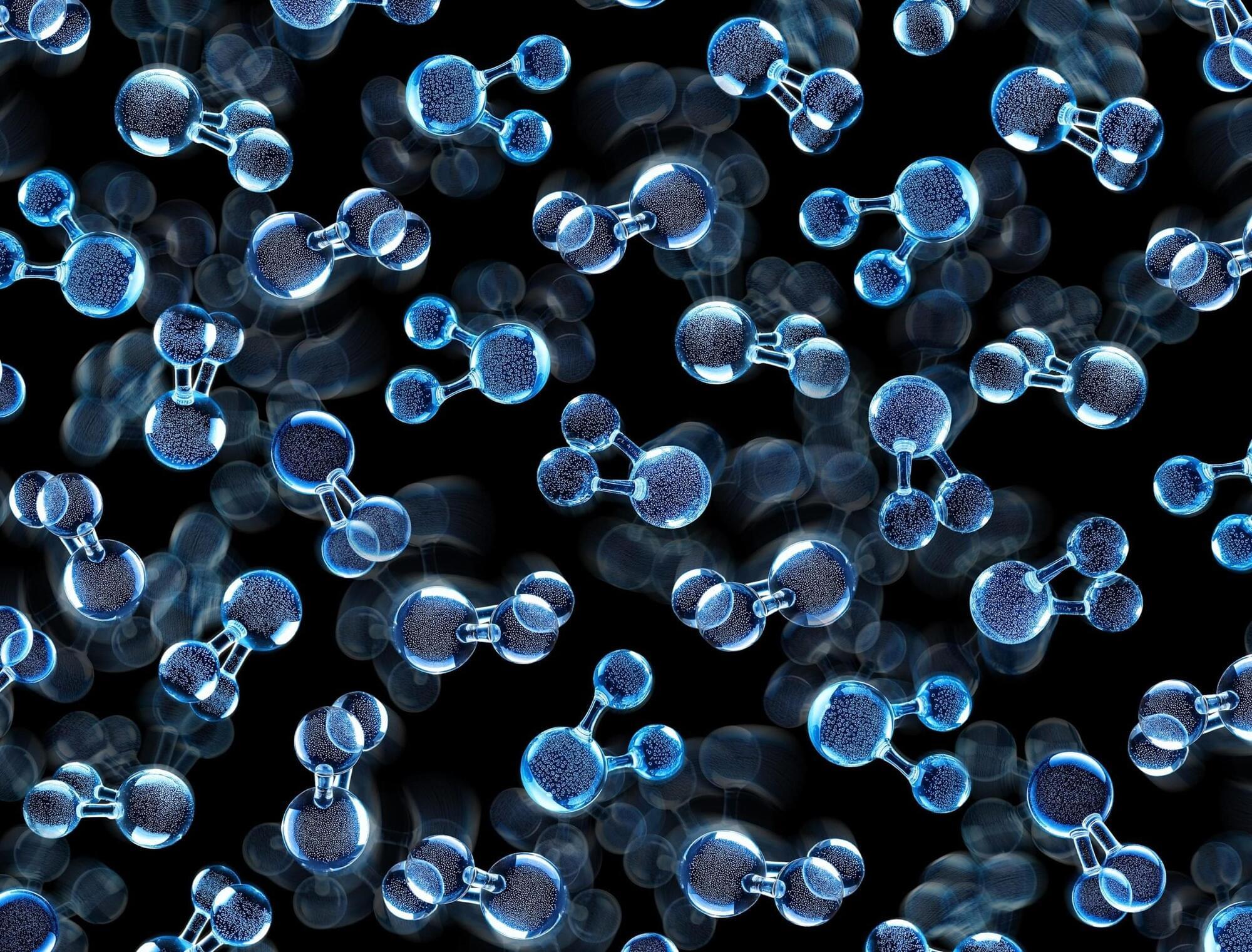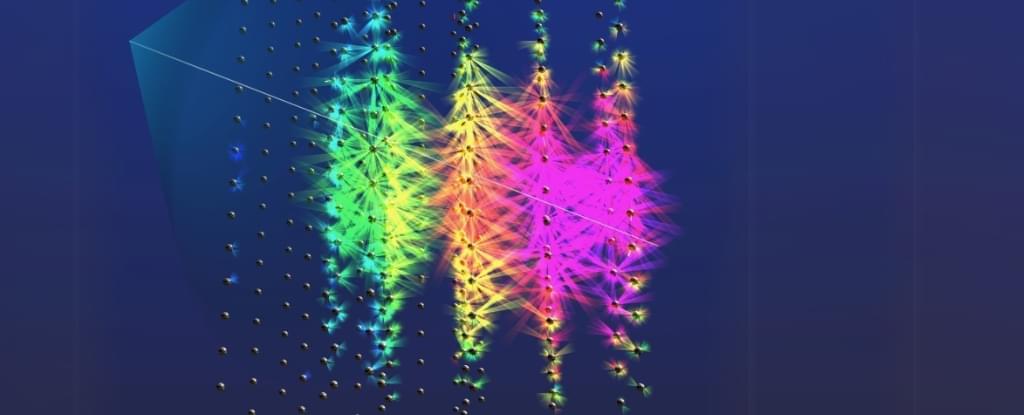They say that change takes time. Well, that’s not the case for RNA. The small biological molecule acts like a switchboard operator, capable of changing its shape every few milliseconds so it can manipulate biological functions in the body. It has big jobs to carry out, after all, like copying genetic information into every living cell and activating the immune response.
A new multidisciplinary study from biophysicists and virologists at the UNC School of Medicine challenges this idea of shape-shifting RNA. Helen Lazear, Ph.D., associate professor of microbiology and immunology, and Qi Zhang, Ph.D., professor of biochemistry and biophysics, have discovered that a type of RNA in Zika virus, a mosquito-borne virus, can essentially freeze itself in time in an effort to make more copies of itself and further its spread in the body.
Their findings have not only sent ripples through the field of virology, but it has also given researchers new ammunition in the fight against RNA viruses. Their study, which was published in Nature Chemical Biology, paves the way for new therapies that can “unfreeze” these RNA structures to combat other mosquito-borne RNA viruses.
